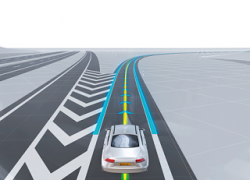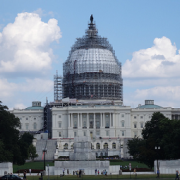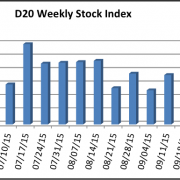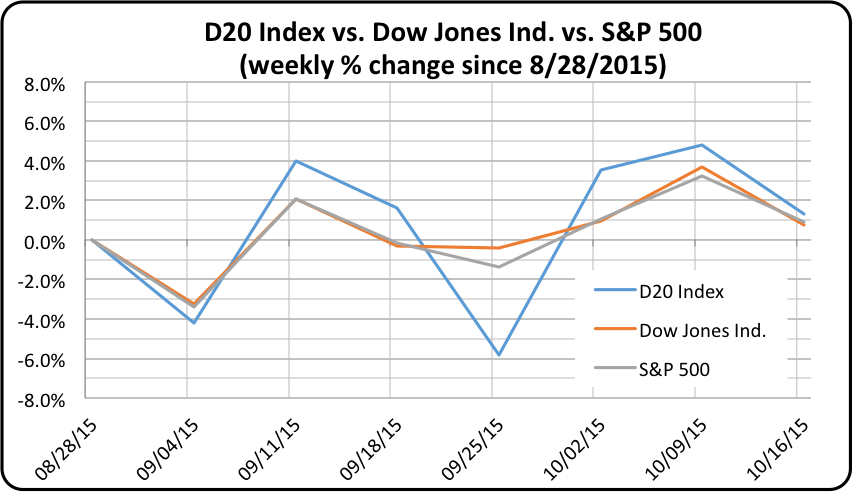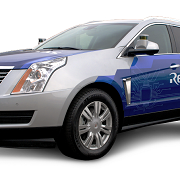Burney Simpson
The competition for autonomous driving research dollars was ramped up Monday by the state of Virginia and its research university Virginia Tech at a driverless vehicle test drive in Arlington held for members of the Washington, D.C., press corps.
On hand for the one-hour drive on I-395 in Arlington, and for a press conference after, were Virginia Sen. Mark Warner, the state’s transportation secretary, a leader from the US Department of Transportation, and several other Virginia transportation movers and shakers.
The test was organized by the VaTech Transportation Institute (VTTI) which announced in June it would begin offering for autonomous and connected vehicle tests about 70 miles of congested highways, suburban streets and rural roads in the Washington metropolitan area. Auto OEMs, the US DOT, and industry vendors test their vehicles and technology on the tracks. (“VaTech Leaves ‘Em Eating Its Dust in the Race to be the Top Driverless Test Track”).
Warner said Virginia was working to become a major research area for autonomous-aerial, -vehicle, and -maritime technology. “This is the next great disruptive technology,” said Warner. “Put billions into this and you will see the commercial aspects of this much, much faster.”
A NEW ECONOMY
Virginia Secretary of Transportation Karen Jackson said the state is reaching out to grab more automated vehicle research dollars as it shifts away from its reliance on defense spending.
Virginia is home to the Pentagon – the test drive began on Army Navy Drive around the corner from the complex – and a long-time beneficiary of military research dollars. But the budget sequestration of 2013 brought automatic 10 percent spending cuts to the Defense Department that year, and continuing reductions into 2021.
“The sequestration made us brutally aware of our reliance on the defense sector,” said Jackson. “We are building a new Virginia economy.”
The VaTech testing program has brought $300 million to the state since it began about 20 years ago, according to the Richmond Times-Dispatch. Testing of autonomous technology could go on for decades. Several speakers noted that expert firms predicted that it could take anywhere from three to 30 years for driverless technology to become commonplace.
TEST TRACK RIVALRY
The high profile road show also was a sign of the rivalry for autonomous driving test dollars between VTTI, the University of Michigan Mobility Transformation Center, and the GoMentum Station in Concord, Calif.
The Mobility Transformation Center operates the 32-acre Mcity test track in Ann Arbor, Mich., (“Michigan Launches Mcity Automated Vehicle Test Track as AVS Convenes”), while GoMentum Station offers 20 miles of urban-like test roads near Silicon Valley, home of driverless leader Google, satellite offices of the major auto OEMs, and rumored players like Apple.
Dr. Tom Dingus, director of the VTTI, suggested that his organization is now the international autonomous track leader.
“Ten years ago, we were half the size of UMTRI. Now we are double the size and we have 75 sponsors, more than UMTRI,” said Dingus.
The event on Monday successfully garnered attention with stories by The Washington Post, the Associated Press, items on several local TV stations, and the local radio news leader. In June, VTTI earned about a half-dozen stories from local media at a test near its Blacksburg, Va., campus (“Get Me B-Roll! Driverless Car Test a Hit With Local TV”).
WORKED LIKE A CHARM, EXCEPT …
The actual autonomous drive occurred in a Cadillac SRX with much of its driverless operating system contained in the trunk. In addition, German-based auto-parts supplier Continental operated a Chrysler 300C. Warner and US DOT Assistant Secretary of Research Greg Winfree got to ride in the Caddy while about a dozen reporters followed in a driven van that offered a large screen with shots of the action in the Cadillac.
The lunch-time drive was on nearly-empty lanes that are typically busy but are turned around after rush hour.
The Cadillac was operating at Level 3 of autonomous technology, with the vehicle operating the accelerating, braking, and steering, while a driver in the driver’s seat remained capable of taking immediate control of the car.
During the demo the driverless car reacted to staged events including some workers standing at a stopped vehicle, a squad car roadside, and slower autos in front of the Caddy. For the most part the Caddy worked like a charm except when it suddenly switched lanes and the test driver took over as a patrol car came speeding up behind it.
Warner admitted afterwards he had a moment of terror but that the drive overall was a success.
VaTech has partnered on the Northern Virginia part of its automated testing roadways with hi-tech mapmaker HERE, toll road operator Transurban, and the state’s DOT and DMV.
Photo courtesy VaTech Transportation Institute.
 Sayer is a research scientist and head of the Human Factors Group at the University of Michigan Transportation Research Institute (UMTRI).
Sayer is a research scientist and head of the Human Factors Group at the University of Michigan Transportation Research Institute (UMTRI). 
